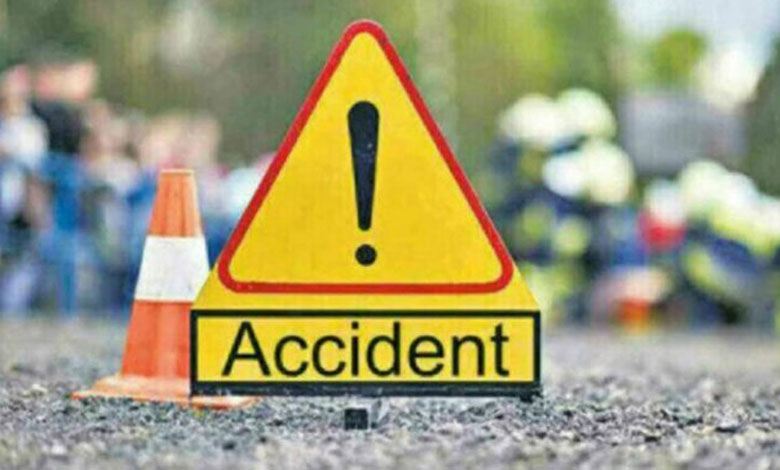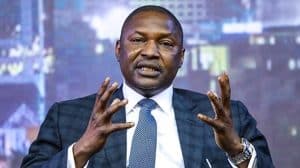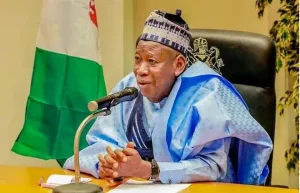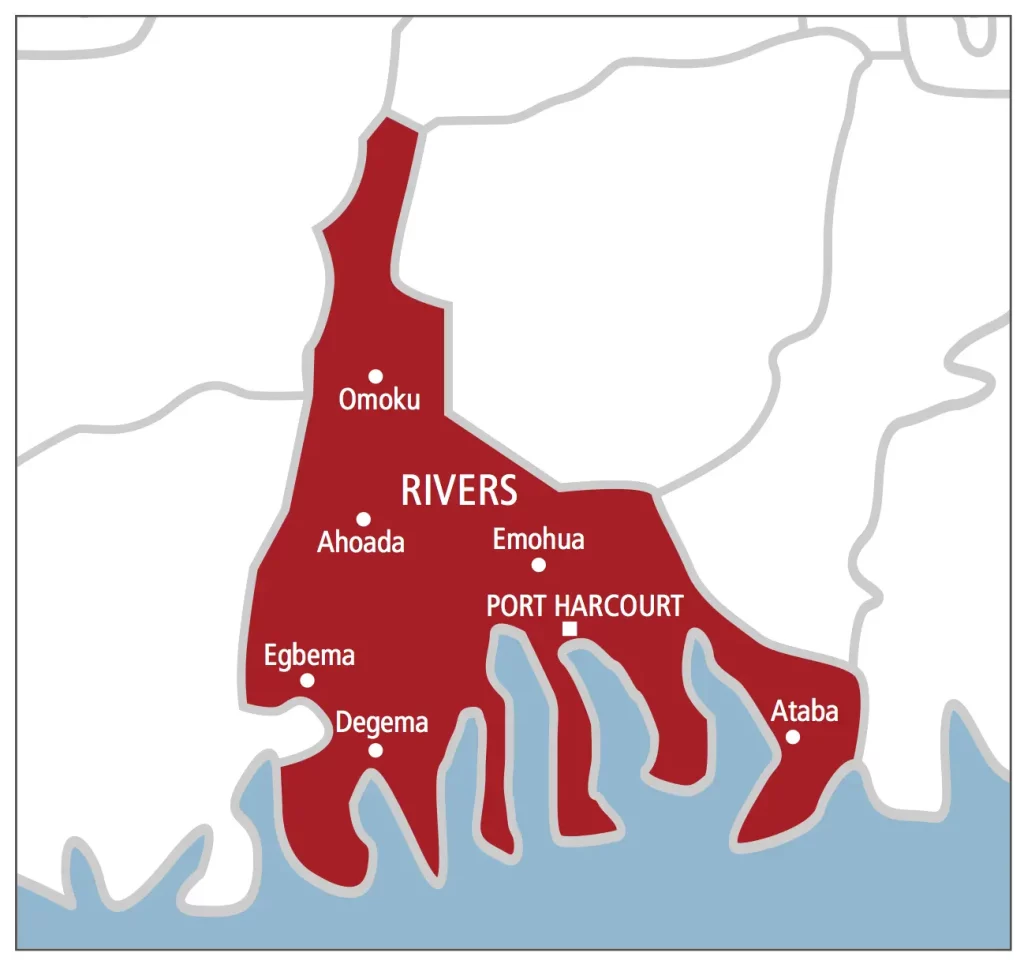“Hope springs eternal in the human breast,” goes the old saying, and the record number of candidates and political parties participating in the 2025 general election certainly proves the point. This year, 161 candidates from 17 political parties and three independents were registered with the Elections and Boundaries Commission (EBC) by the close of nominations on Friday. In 2020, the figure was 150 candidates from 19 parties; in 2015 it was 127 candidates and 17 parties; and in 2010 the total was 134 candidates from 13 parties.
None of these small parties can win a majority of seats, and the chance of any of them winning any constituency at all is slim. But that is not really their intention. Some of them are contesting the election strategically—ie, hoping if the People’s National Movement (PNM) or United National Congress (UNC) see them as a vote-splitting threat, they will offer them a place at the table.

For example, in an interview with the media published in yesterday’s Express, National Transformation Alliance (NTA) leader Gary Griffith expressed the hope that if he won the Aranjuez/St Joseph constituency and the UNC and PNM were split 20-20, he would become “kingmaker”. Most of the smaller parties offer themselves as alternatives to race-based politics and even as beacons of integrity, contrasting themselves to the PNM and UNC. Other individuals contest the elections to push a particular cause and, in some cases, out of delusions of grandeur.
At root, though, the multiplicity of parties arises from a perception of voter disenchantment with the majority UNC and PNM. That perception is not entirely confirmed by the statistics, though. Figures from the EBC show that since 1986, voter turnout has averaged 66%.
According to the World Population Review, voter participation in Western democracies ranges from 60% to 80%, so Trinidad and Tobago compares fairly well. What is notable is that none of the parties, big or small, offer any different approach to policy-making. Even the UNC and PNM have only one notable policy difference related to the Firearm User’s Licence (FUL), with the UNC favouring easier access and the PNM in maintaining the existing procedure.
But T&T has no party offering new and innovative ideas about economic development, crime control, education reform, or healthcare improvements. To be sure, this may be partly because voters do not really vote on policies (or at least do so only secondarily). Voters vote mainly by identity, which is spurred by moral messaging, even messaging as crude as saying their political opponents are corrupt, malicious or evil.
But, since small parties and independents have no chance of winning office, they would lose nothing by elevating the discourse. That never happens, though, even as their leaders claim to be offering something different. As long as we maintain the first-past-the-post and one-person-one-vote systems, small parties and independents will almost never be represented in our parliamentary system.
But the numbers that contest the general election every five years suggest that the need for such representation might be growing..
Politics
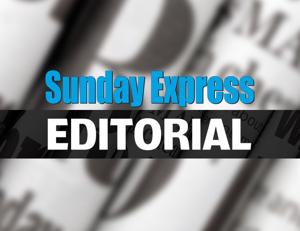
More candidates, less vision

“Hope springs eternal in the human breast,” goes the old saying, and the record number of candidates and political parties participating in the 2025 general election certainly proves the point.This year, 161 candidates from 17 political parties and three independents...




